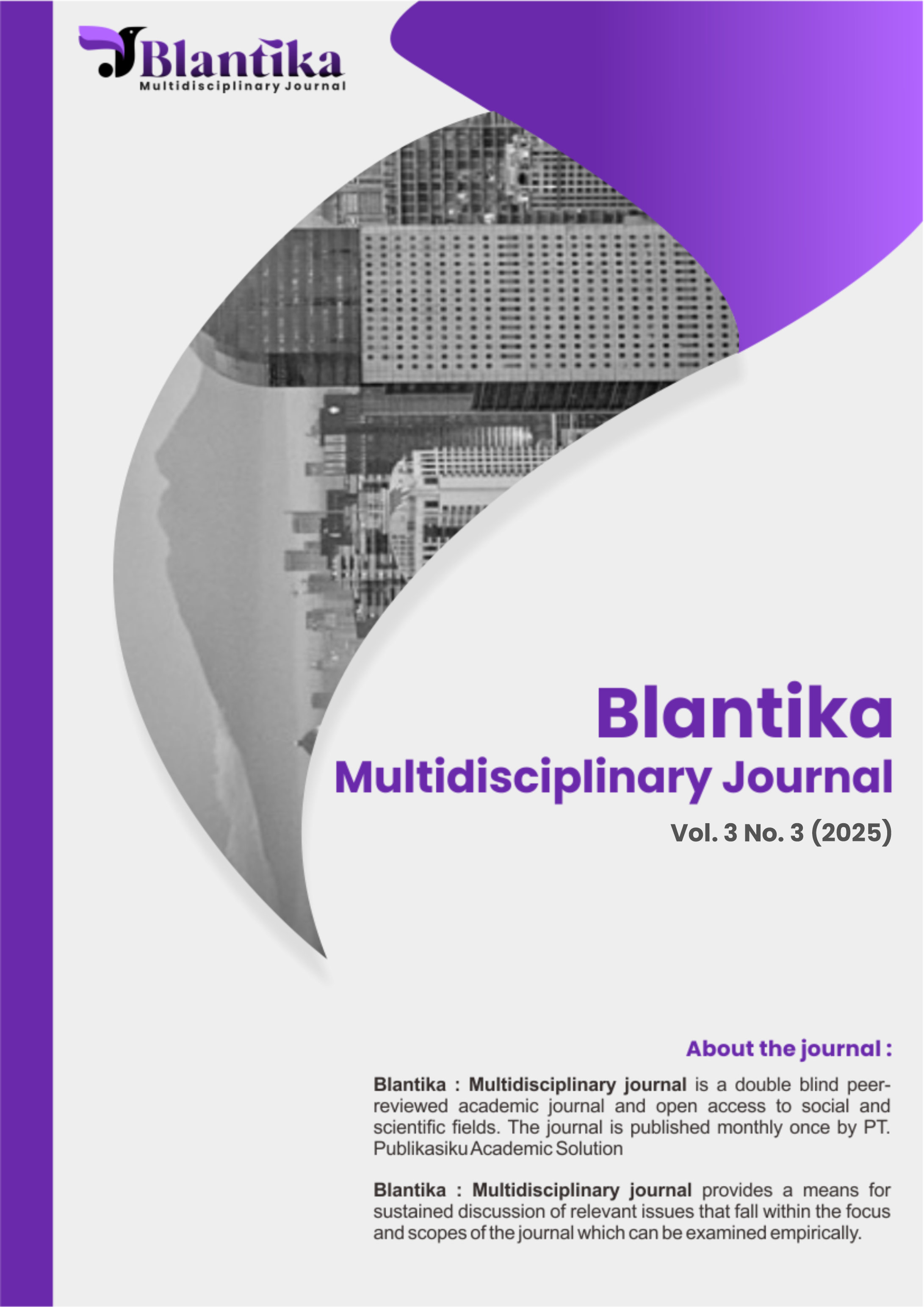Application of K-Means Clustering Algorithm for Video Looping Pattern Identification
DOI:
https://doi.org/10.57096/blantika.v3i3.304Keywords:
video conference, looping detection, k-means clustering, frame analysisAbstract
Video conferencing has become an important communication tool, especially after the COVID-19 pandemic. However, the use of looping techniques in videos can pose challenges regarding the authenticity of the content. This research aims to develop an automated method for detecting video looping patterns using the K-Means Clustering algorithm. The method involves extracting frames from a video, followed by clustering analysis to identify identical frames. The results showed that from the analysis of 600 frames, the method successfully identified 454 patterns with 544 identical frames, covering 90.67% of the total frames, and achieved a final Confidence Score of 88.4%. Meanwhile, for non-looping videos, only 37.17% identical frames were detected, with a Confidence Score of 40.3%. In conclusion, the K-Means Clustering algorithm proved effective in detecting looping videos, improving the integrity of video communication. This research emphasizes the importance of video authenticity in virtual interaction and recommends the application of detection technologies to improve the quality of video communication. In addition, further research is needed to improve the detection accuracy and explore the application of this method in other multimedia contexts.
Downloads
Published
Issue
Section
License
Copyright (c) 2025 Salman Alfarisi Rizwana, Rohid Habeahan

This work is licensed under a Creative Commons Attribution-NonCommercial-ShareAlike 4.0 International License.





